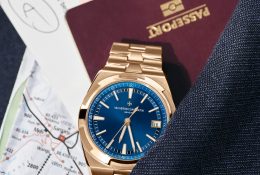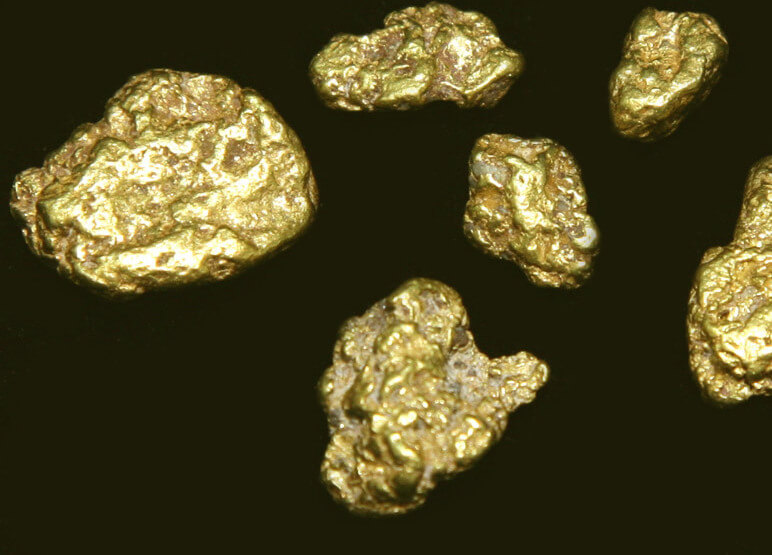As the boom in cryptocurrencies continues, blockchain is making deep inroads in the luxury industry. The surge in digital transactions by shoppers confined at home during national lockdowns is certainly part of the reason, but not the only explanation. Consumer demand for transparency, longer product lifecycles and the expanding pre-owned market where fakes are rife have also created the conditions for new solutions, and blockchain technology is without doubt one of the most promising. Arianee’s platform, for example, has won over a number of watch brands including Audemars Piguet, Breitling, MB&F, Roger Dubuis and Vacheron Constantin. According to Arianee, its role is to build a new type of trust-based relationship between luxury brands and their customers by giving luxury products an authentic, secure and augmented digital identity, which it describes as a “digital twin. These non-fungible tokens assign a digital value to each product.”
Traceability
Now another solution is joining Arianee in the luxury industry, and specifically the watch segment. Early May, the Richemont group (via Cartier), LVMH and Prada announced the creation of the #AuraBlockchain consortium. Described as the first global blockchain solution, it is open to all luxury brands with the aim of providing consumers with a high level of transparency and traceability. The project’s initiators say it will meet the challenges of authenticity, responsible sourcing and sustainability in a secure digital format. Consumers will have access to a product’s history and proof of its authenticity at every step of the value chain, from raw materials to the point of sale. This will enable them to follow the entire lifecycle of a product with trusted data throughout. Whereas Arianee is based on published code and an open-source protocol that lets brands build their own interface, Aura is a private platform developed, among others, with Microsoft, that gives greater control over processes and data. “We need to make sure we do not put important client data in the hands of a third party,” says Timothy Iwata Durie, global innovation officer at Cartier. “We’ve existed for hundreds of years, not five. It’s important to protect the integrity of our client information.”
Traceability has been a thorn in the diamond industry’s side for a long time. The presence in supply chains of “conflict diamonds” prompted the launch, in 2003, of the Kimberley Process. However, experts agree that the problem has yet to be fully eradicated. Given the giant steps made since 2003, digital technology is emerging as the way forward for tracking diamonds from mine to retail. The major mining companies are already working on a blockchain-enabled solution to identify each stone with a digital code that will stay with it throughout its lifetime (logically hundreds of years). In a fast-expanding jewellery market, slated to be worth close to $500 billion by 2025, the stakes are high. De Beers has been joined on its Tracr blockchain platform by Alrosa. The South African and the Russian are the world’s two biggest diamond producers.
Nanotechnologies
At this stage, the biggest sticking point is to convince players across the entire supply chain to onboard these new solutions, particularly in developing countries. The technology used to identify the stones is also changing. After testing robotised scanning solutions, the industry is looking to benefit from progress in nanotechnologies. In February, after three years of research and development, the New-York-based Nano Innovator Holdings unveiled the prototype for an end-to-end system that identifies both rough and polished stones, including lab-grown diamonds. The solution encompasses cloud-based storage, smartphone optics and a proprietary smartphone app. The consumer uses the app to detect and read a nano tag that has been placed under the diamond’s surface by laser technology, with no incidence on the stone’s grading or quality. Opsydia, a spinout from the University of Oxford, is also in the starting blocks. Its laser technology writes an identifying mark, with a line width of less than one-thousandth of a millimetre, 0.15 millimetre below the diamond’s surface… in one trillionth of a second!












